(5) items in your cart
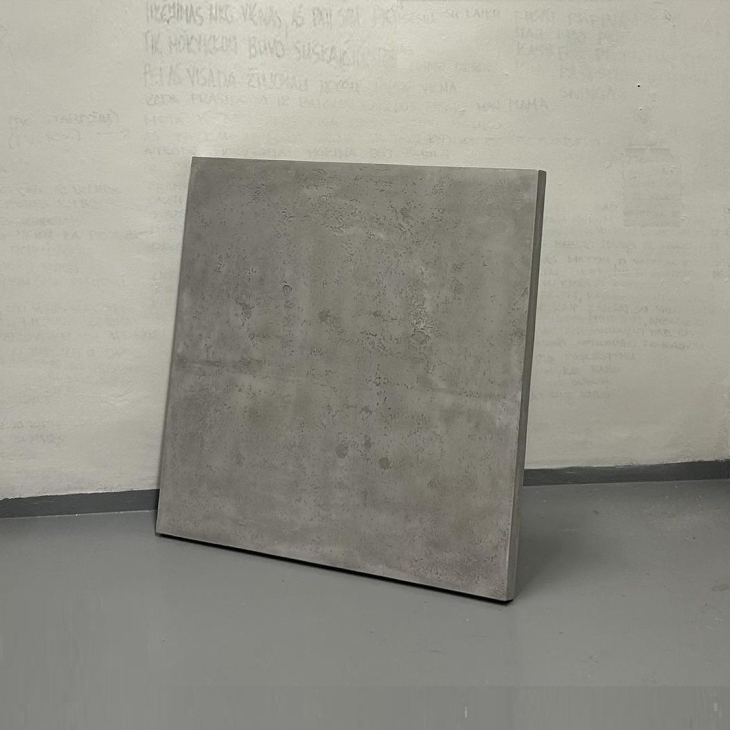
Price: €1540
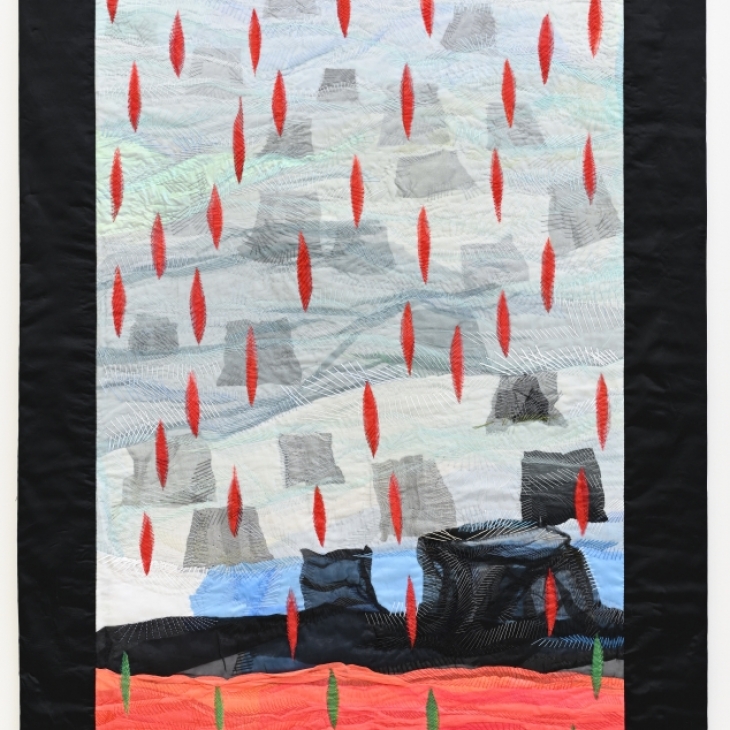
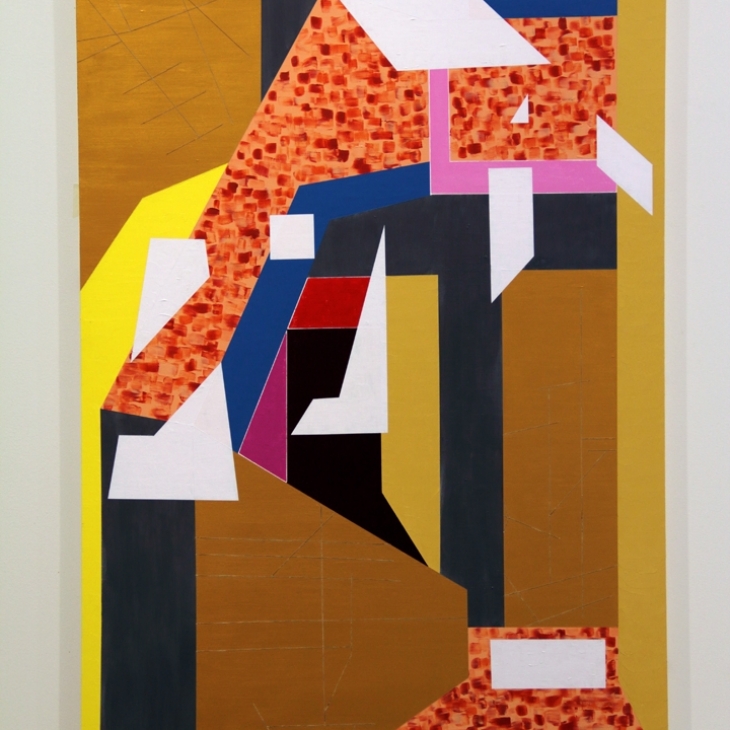
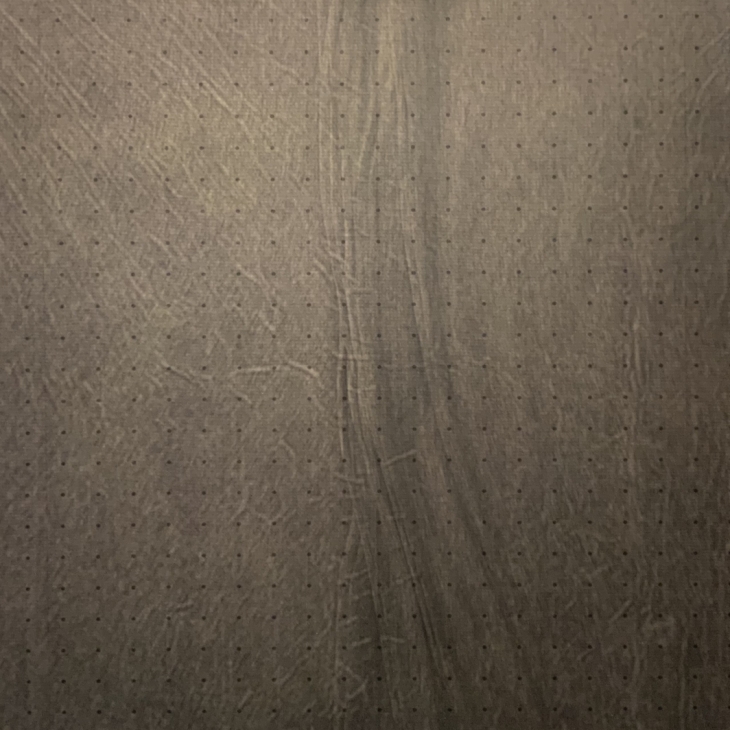
On March 11, 2011, the northeastern coast of Japan and the Tōhoku region were hit by one of the most powerful earthquakes in modern times. With a magnitude of 9.0 on the Richter scale, the massive tremor created a crack in the Pacific Ocean floor that stretched over 500 kilometers in length and 200 kilometers in width. The ensuing tsunami reached heights of up to 30 meters in some areas and swept across the landscape. It reached as far as 5 kilometers inland, wiping out everything in its path.
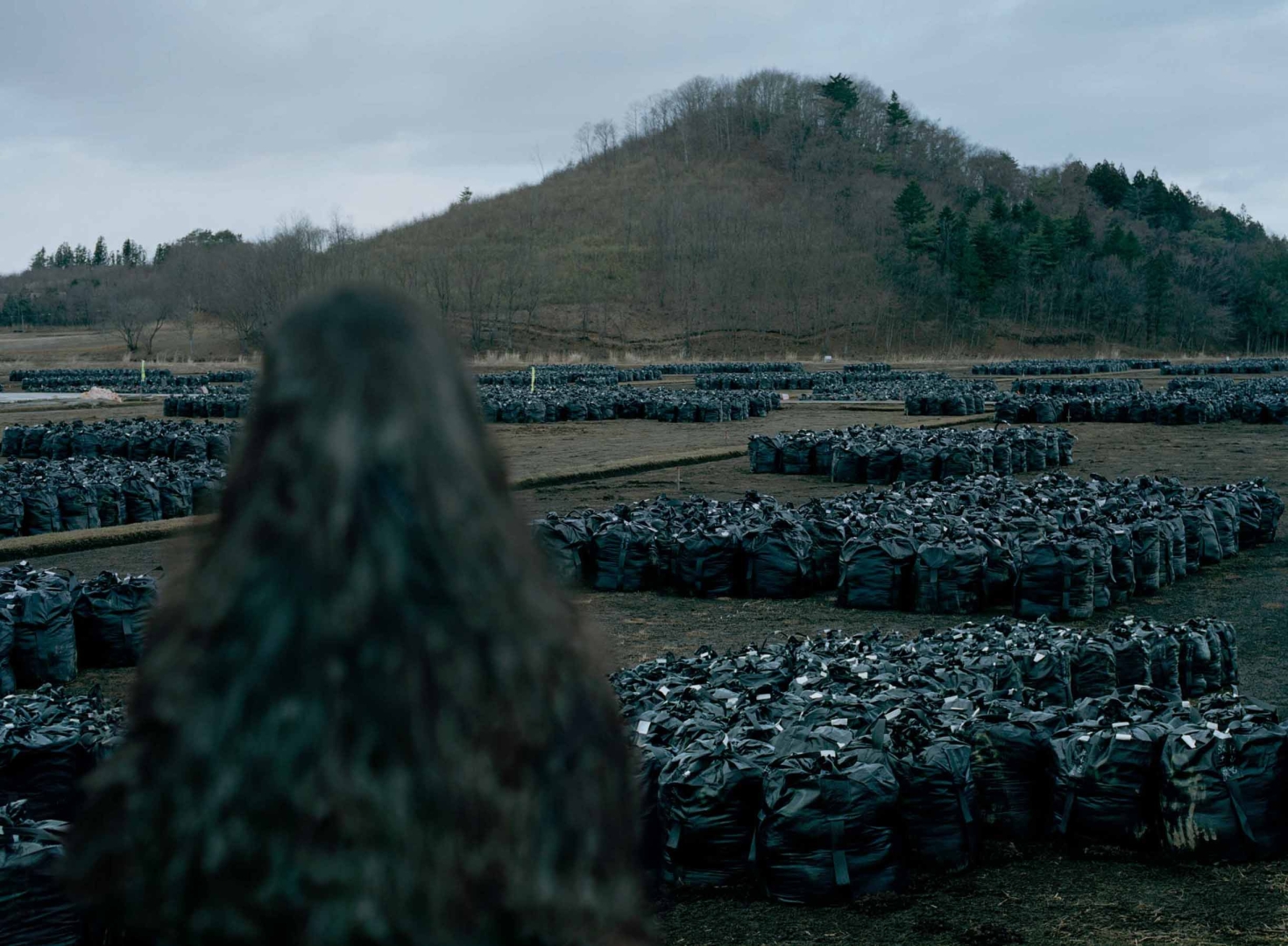
Kanno Jun, Planet Fukushima 2015-2023
The aftermath of the disaster caused a severe nuclear accident at the Fukushima Daiichi power plant. Four explosions and three meltdowns resulted in massive releases of radioactivity into the air, land and sea. 13 years later, the consequences of the tragedy are still difficult to assess. A total of 19,765 people lost their lives, 2,553 were reported missing and over 20,000 people have been forced to flee their homes.
In response to this immense tragedy, Japanese artists mobilized to understand and portray the many dimensions of the disaster. Many photographers traveled to the affected areas and returned regularly over the years to document the destruction, the ongoing effects of contamination, and the slow reconstruction.
Their work has captured not only the visible traces of the disaster – the destroyed landscapes, the vanished communities and the suffering of the people – but also the invisible: the presence of radioactivity and its long-term consequences. Through art, issues of social injustice, inequality and discrimination that have affected the inhabitants of the region have come into focus. For many artists, creating a visual memory that both bears witness to the past and illuminates the future struggle for justice and recovery has become crucial.
The exhibition’s curators are Philippe Séclier and Marina Amada.
Exhibition originally produced and presented as part of the 55th edition of Les Rencontres d’Arles
Galerii nimi: Landskrona Foto
Address: Kavallerigatan 4, 261 31 Landskrona, Sweden
Opening hours: Thu-Sun 12:00 - 17:00
Open: 09.05.2025 — 31.08.2025
Types of art: Photography
Address: Kavallerigatan 4, 261 31 Landskrona, Sweden
Opening hours: Thu-Sun 12:00 - 17:00
Open: 09.05.2025 — 31.08.2025